Tilikum
17 January – 21 February 2015
January 17, 2015 6-8 pm
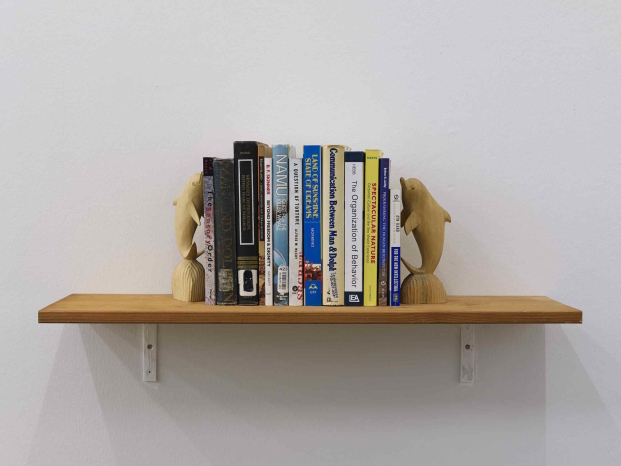
Jan Peter Hammer
Man & Dolphin, 2015
shelf, books, figurines, 27 x 24 x 70 cm
Man & Dolphin, 2015
shelf, books, figurines, 27 x 24 x 70 cm
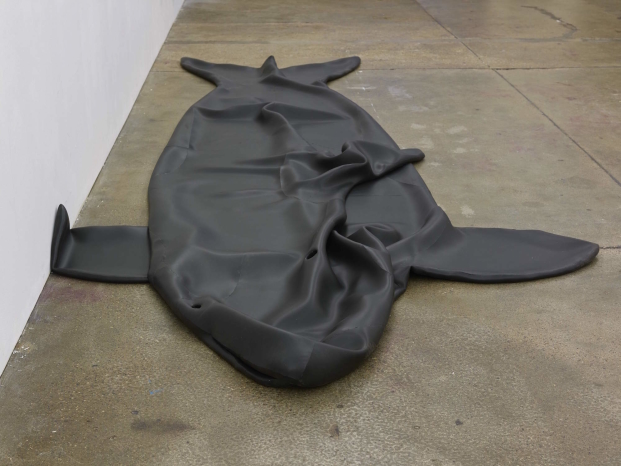
Jan Peter Hammer
One World, 2015
neoprene, 30 x 160 x 455 cm
One World, 2015
neoprene, 30 x 160 x 455 cm
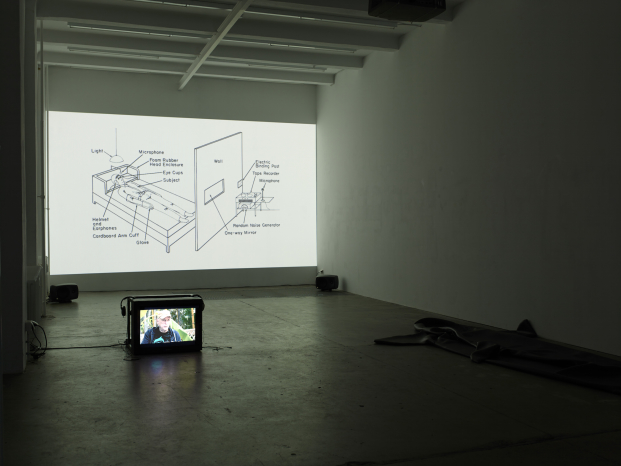
Jan Peter Hammer, "Tilikum"
Installation view at Supportico Lopez, Berlin
2015
Installation view at Supportico Lopez, Berlin
2015
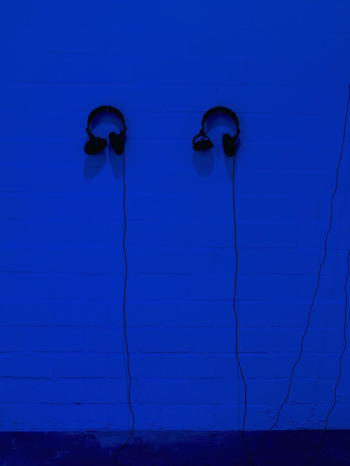
Jan Peter Hammer, "Tilikum"
Installation view at Supportico Lopez, Berlin
2015
Installation view at Supportico Lopez, Berlin
2015
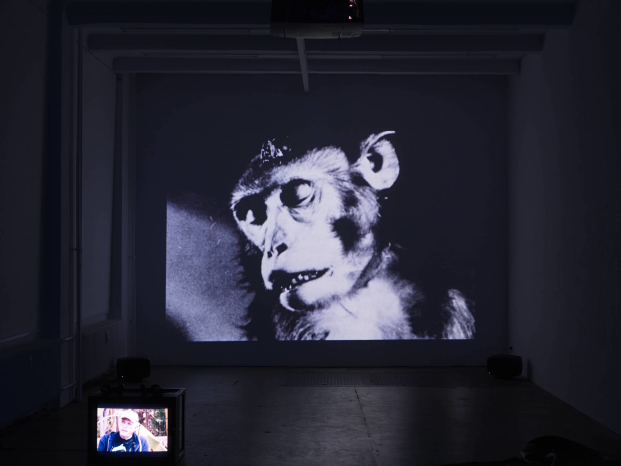
Jan Peter Hammer, "Tilikum"
Installation view at Supportico Lopez, Berlin
2015
Installation view at Supportico Lopez, Berlin
2015
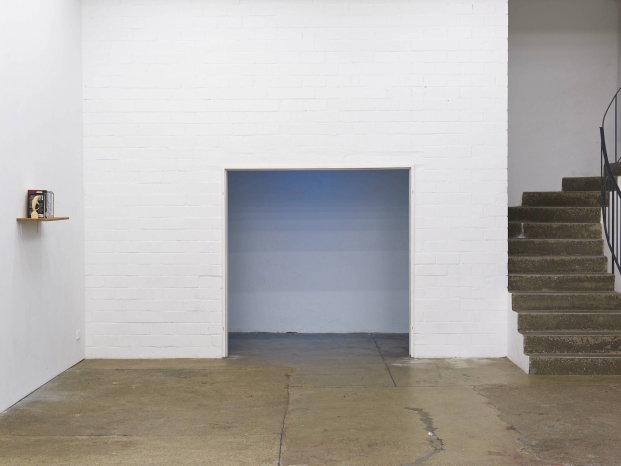
Jan Peter Hammer, "Tilikum"
Installation view at Supportico Lopez, Berlin
2015
Installation view at Supportico Lopez, Berlin
2015
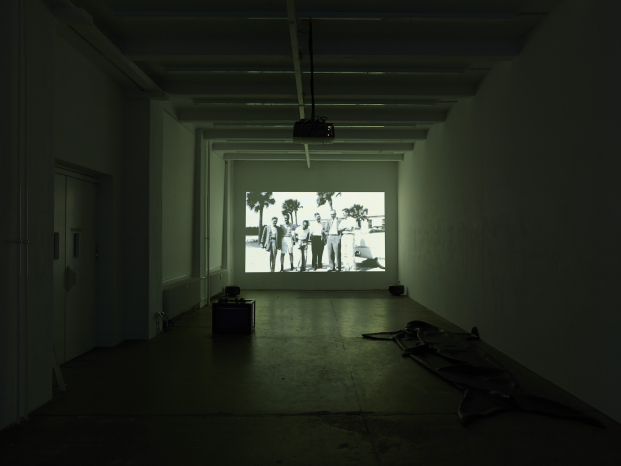
Jan Peter Hammer, "Tilikum"
Installation view at Supportico Lopez, Berlin
2015
Installation view at Supportico Lopez, Berlin
2015
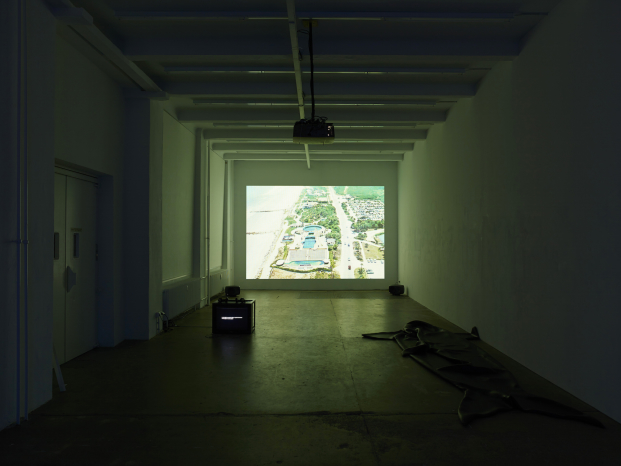
Jan Peter Hammer, "Tilikum"
Installation view at Supportico Lopez, Berlin
2015
Installation view at Supportico Lopez, Berlin
2015
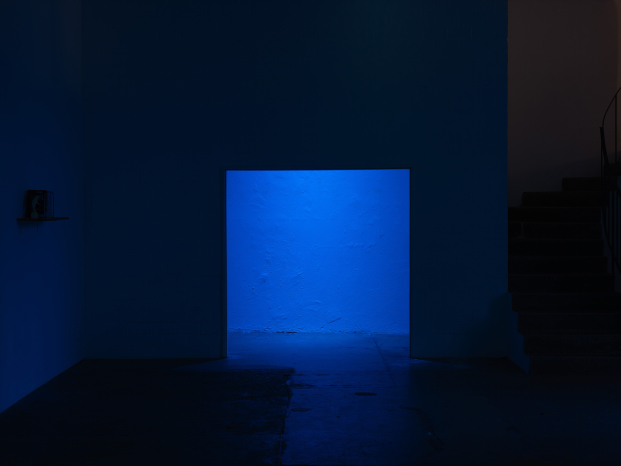
Jan Peter Hammer, "Tilikum"
Installation view at Supportico Lopez, Berlin
2015
Installation view at Supportico Lopez, Berlin
2015
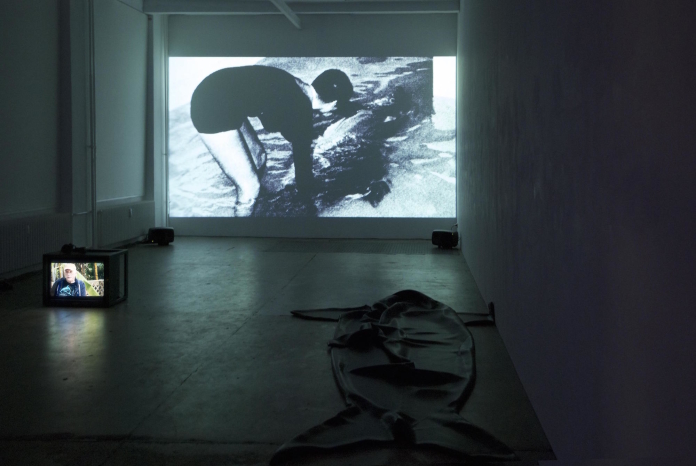
Jan Peter Hammer, "Tilikum"
Installation view at Supportico Lopez, Berlin
2015
Installation view at Supportico Lopez, Berlin
2015
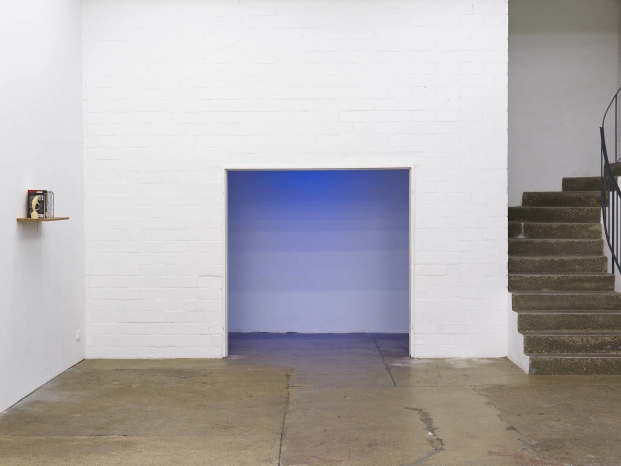
Jan Peter Hammer, "Tilikum"
Installation view at Supportico Lopez, Berlin
2015
Installation view at Supportico Lopez, Berlin
2015
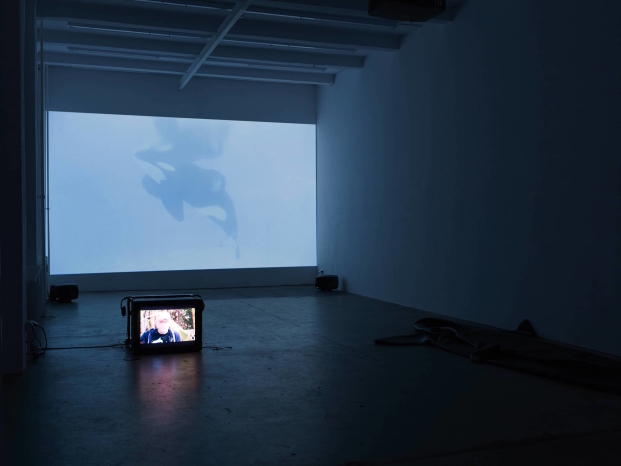
Jan Peter Hammer, "Tilikum"
Installation view at Supportico Lopez, Berlin
2015
Installation view at Supportico Lopez, Berlin
2015